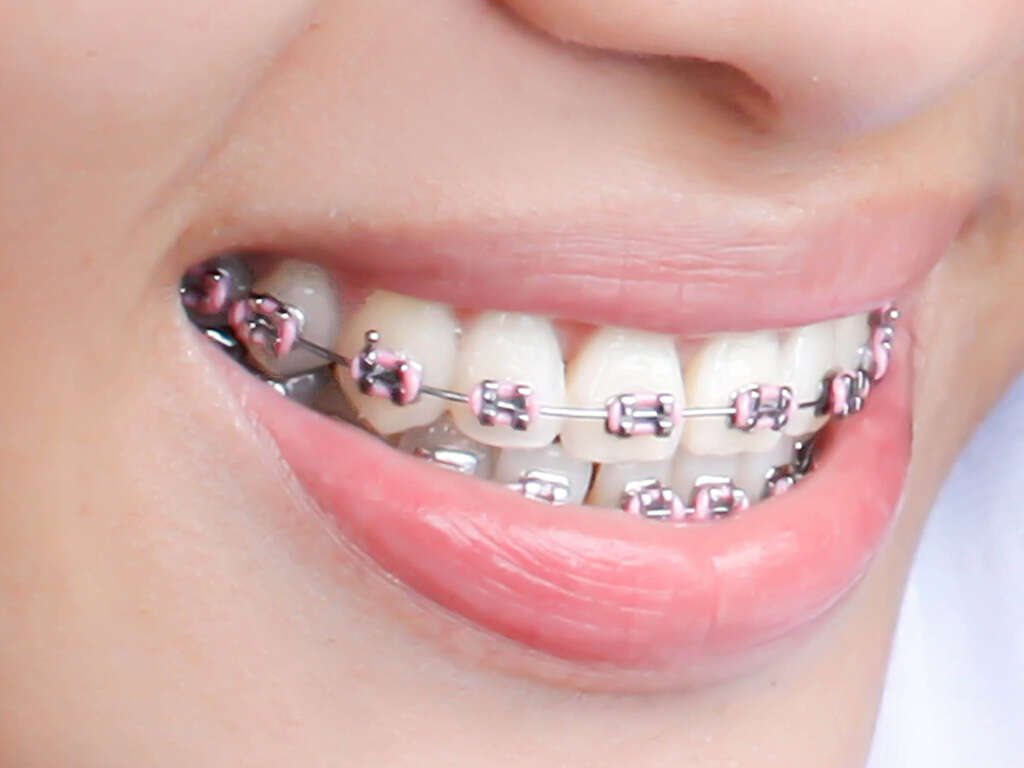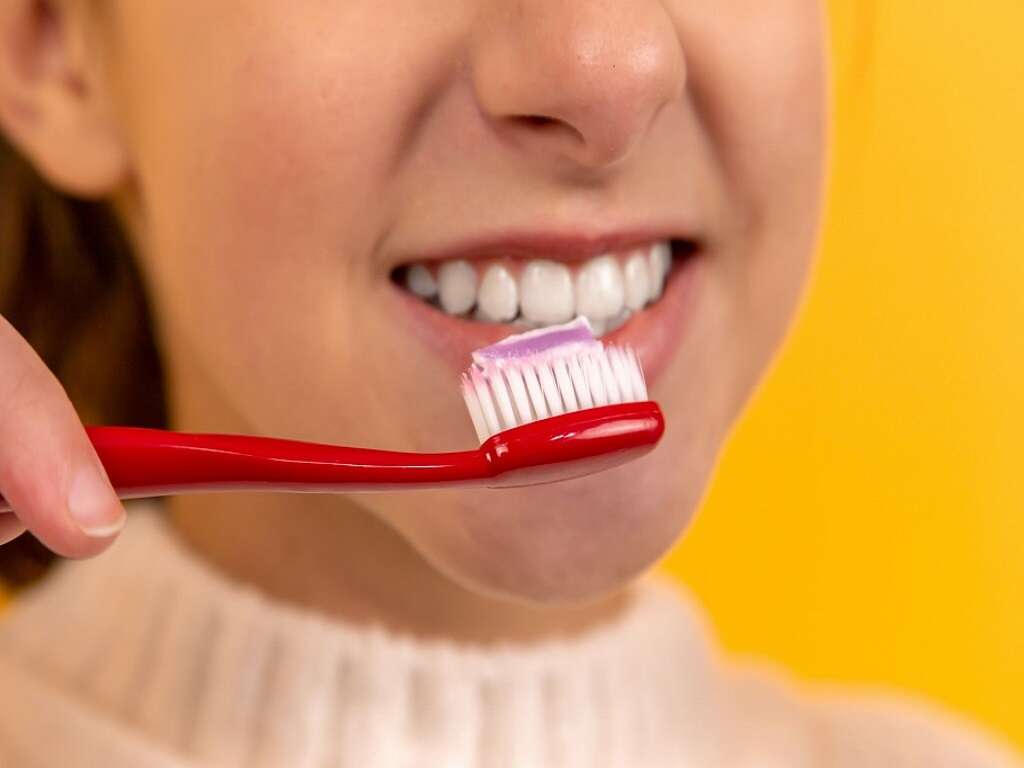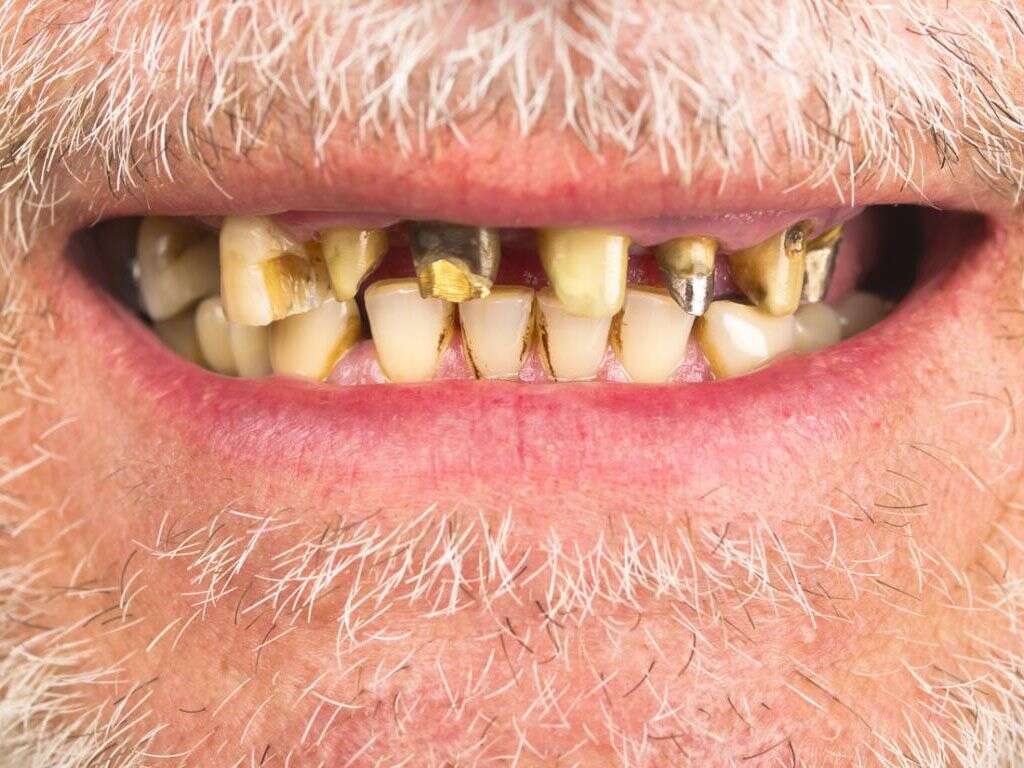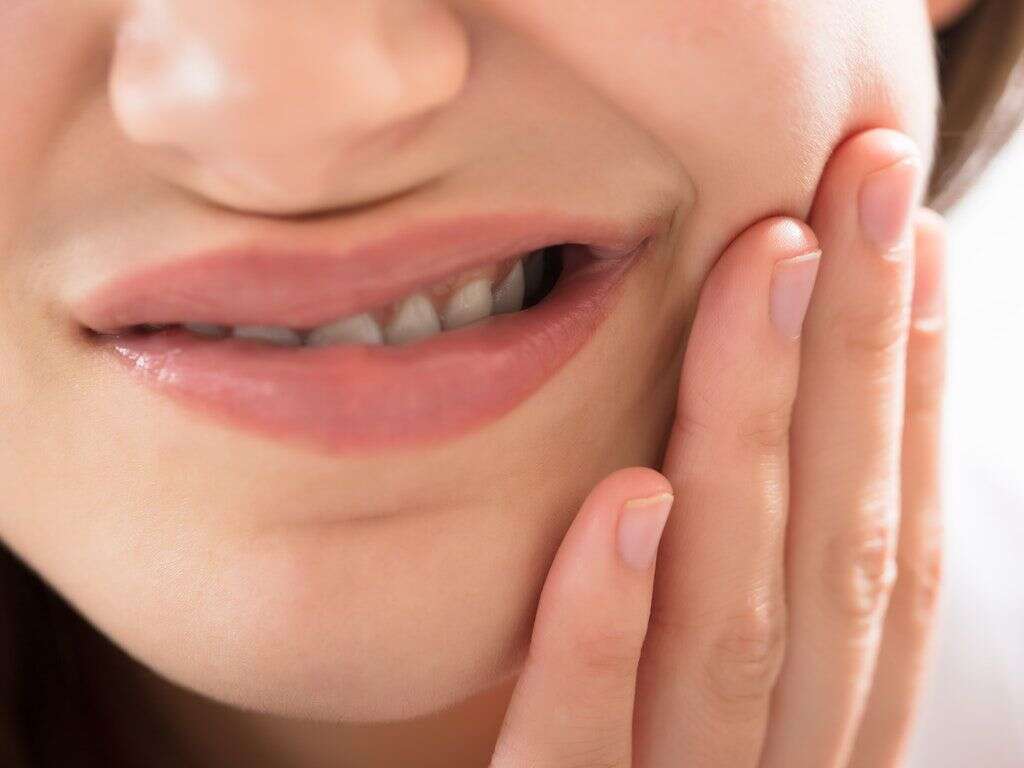What Is Fluorosis?
Having pearly white teeth is important to a lot of people. A beautiful smile can help to give a lot of people confidence in their work lives and their professional lives, and can even help some people to progress in careers and similar. Having that beautiful white smile is harder for some people than others, however.
Fluorosis is a condition that can cause discoloration of the patient’s teeth. The symptoms are usually only very mild and will only be aesthetic. Treatment is available but is often not deemed to be necessary. It is also a very common condition, and even very healthy people can have it.
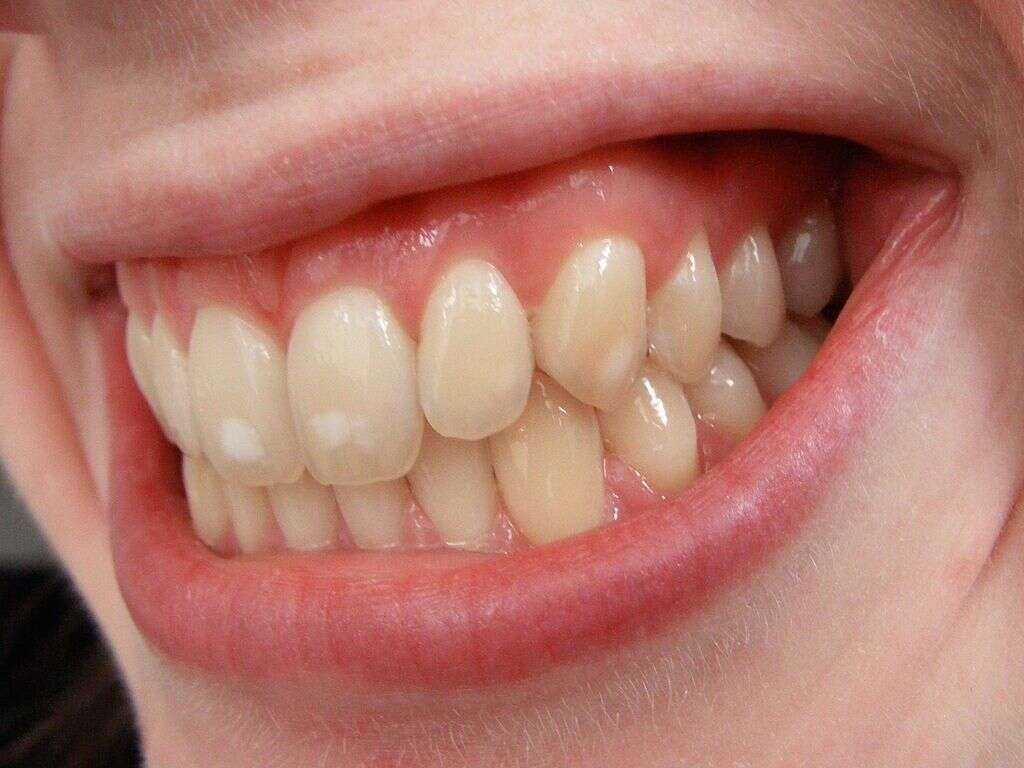
1. Fluoride
Fluoride is a fairly common substance that is well known in dentistry. It is often added to toothpaste and other medical products because they help to strengthen the enamel of our teeth. This can help to keep our teeth in good condition, thus preventing decay and other conditions further along the line.
Fluoride is a naturally occurring substance that is found in many foods. It is also often added to the water supply to help encourage the good dental health of the population. While fluoride is very beneficial for us, it is possible for us to have too much of it. However, it will have to be consumed in very large quantities for it to be dangerous to us.

2. Fluorosis
Some people will have too much fluoride in their diet or in dental products when they are young. This has the potential to lead to a condition known as fluorosis. The condition occurs when the patient’s permanent teeth are forming, which generally means in children under the age of 8 years old.
As mentioned, somebody will need to be consuming very high levels of fluoride in order for it to be dangerous, and this is very unlikely to occur in most people. Instead, fluorosis is only likely to cause mild symptoms that will be barely noticeable to a lot of people.

3. Not A Disease
Fluorosis is not considered to be a disease, unlike some other oral conditions such as gingivitis. It is only a cosmetic condition and causes no actual damage to the teeth. It is also very unlikely to cause any complications further down the line. It might even be beneficial for the patient by helping to add further protection against decay.
The condition actually occurs as the teeth are growing. This means that fluorosis will not happen in people who already have fully formed teeth. There is usually no reason to treat the condition, other than maybe to help improve the patient’s physical appearance.

4. Causes
As mentioned, the cause of fluorosis is simply having too much fluoride in your diet. When we brush our teeth, the toothpaste is usually spat out after brushing. It is inevitable that some of it will be swallowed, potentially leading to too much fluoride being ingested.
Toothpaste is also designed to taste good and this means that some children might be prone to swallowing it deliberately. What’s more is that some children may be given fluoride supplements to help encourage the healthy growth of teeth. They might sometimes be given higher doses than they should be, potentially resulting in fluorosis.
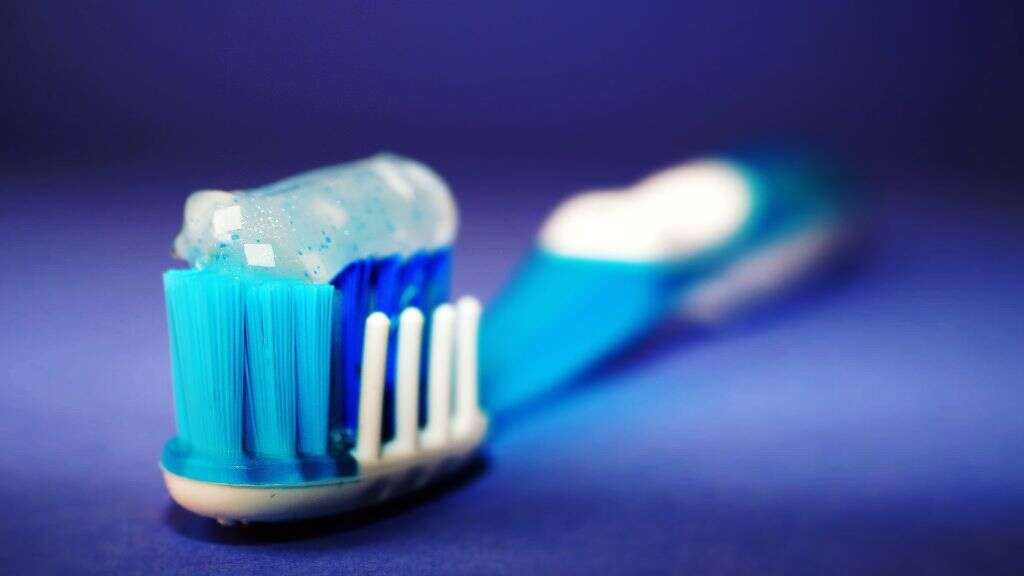
5. Drinking Water
As mentioned, many countries will add fluoride to their drinking water to help encourage healthy teeth. This is perfectly safe but, still, it has been found that the fluoride levels are too high in some cases. It is thought that this has been behind some instances of fluorosis, and some areas have decreased water flouring levels accordingly.
In addition to having too much fluoride in water, fluoride is also added to some fruit juices and similar. While this is all done with the best of intentions, it can contribute to fluorosis in some cases. It is always a good idea to check the packaging of food and drink to see what additives may be present.

6. Symptoms
As mentioned, the symptoms of fluorosis are quite mild. There are rarely any severe physical defects and the symptoms tend to be purely aesthetic. Any physical defects present can include pits, which can often be very distinct even if they don’t cause problems. Some patients will also experience irregularities on the surface of the teeth.
Another of the symptoms that fluorosis can cause is yellow/brown stains on the teeth. This can be quite distressing for some patients because of the impact it has on their physical appearance. The treatment can also be quite difficult to bear, especially where young children are concerned.
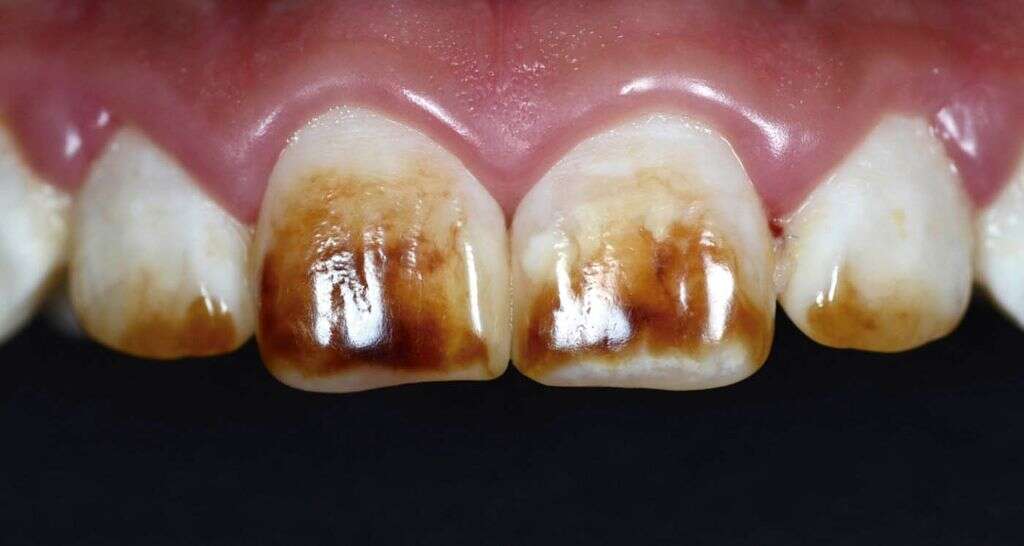
7. Prevalence
It is estimated that around one quarter of Americans will have fluorosis. The vast majority of cases are very mild and the patient will often not even notice a thing. It is often only detected during check-ups by a dentist. The prevalence of the conditions appears to have increased since the 1980s.
The condition was first detected when it was observed that a high number of people in Colorado Springs had brown stained teeth. This was because of a natural source of fluoride in the drinking water, and it was also observed that these people had fewer caries than other people do. This prompted the authorities to introduce fluoride in the water elsewhere.
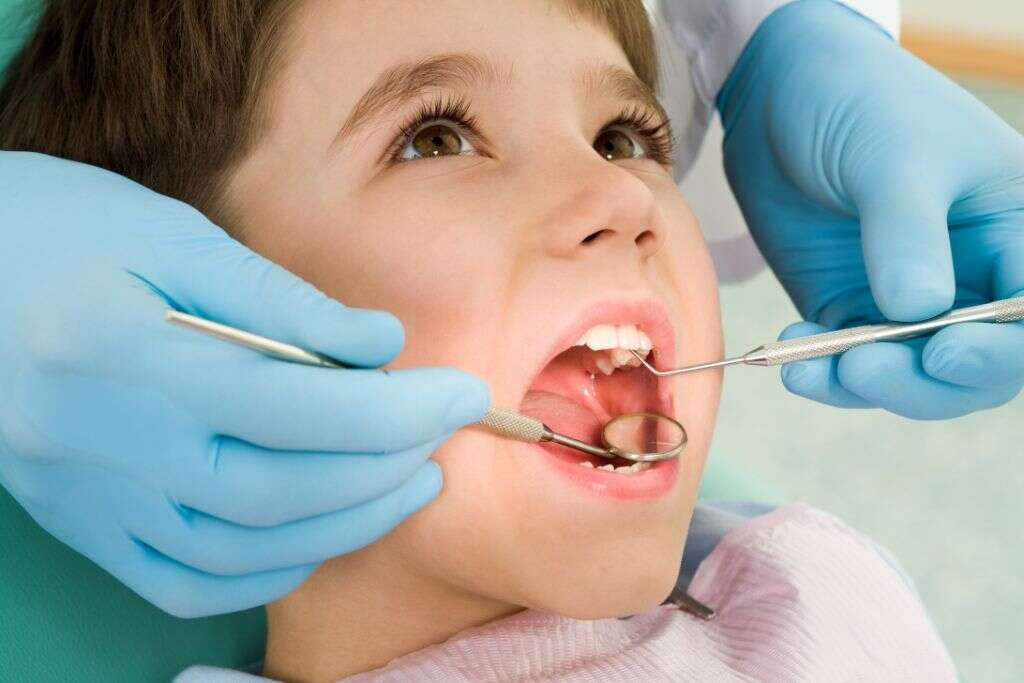
8. Prevention
Preventing fluorosis involves limiting the amount of fluoride that a child will ingest. This means knowing how much fluoride is in the water they are drinking, as well as other drinks such as soft drinks and fruit juices. You should also consider if any fluoride supplements are really necessary.
In addition, try and make sure that children don’t use too much toothpaste. It could also potentially make them ill if they consume too much. You should also try and encourage children to spit out the toothpaste rather than swallowing it. Remember that while you should prevent them ingesting too much fluoride, you should also make sure that they get enough.

9. Diagnosis
The effects of fluorosis are usually only very mild and the patient, and their parents, will often not notice. In many cases, it will only be during a check-up that the condition will be noticed. A trained expert will often be able to spot the condition even when others cannot.
Regular dental check-ups are recommended regardless of whether or not a child might have fluorosis. A dental check-up will help a dentist to spot potential problems like tooth decay early on. This means that they can set about treating it early on before the condition gets worse. This can save on a lot of inconvenience, expense, and discomfort in the meantime.

10. Treatment
Treatment for fluorosis will not usually be recommended because the condition will usually only be very mild and barely even noticeable. When treatment is recommended it is only to help enhance the patient’s appearance. There are various straight-forward procedures that can help to achieve this.
Among the most common treatments for fluorosis is tooth whitening, which is a procedure best done by a professional. Crowns are sometimes used to cover discolored teeth, or bonding which will cover the infected area with a resin coat. Another method is veneers, which involves fitting custom-made shells to the surface of the patient’s teeth.








